Another wonderful recipe kindly passed on by a friend. And one that I must try making with my children.
Primrose Curd
Two generous handfuls of unsprayed clean primrose petals.
450grms sugar
450grms Bramley apple
125grms unsalted butter
4-5 large eggs
The zest and juice of two lemons.
Day One
Finely chop the primrose petals and place them with the sugar in a container and stir through the primrose flowers. Cover and leave for at least 24 hours (this will allow the flavours from the petals to be released into the sugar.
Day Two
Peel and chop 450grms of apples, put them in a pan with 100ml of water and the lemon zest and juice. On the hob, gently cook the apple until it is yieldingly soft and then mash it into a purée.
One third fill a pan with water and place a snug-fitting heat-proof bowl on the top of the pan. Add the apple, butter, lemon juice and primrose sugar mixture to the bowl. Heat the pan and stir the mixture until the butter has completely melted.
Turn off the heat and add the eggs to the mixture through a sieve. Stir the eggs in thoroughly with a balloon whisk.
Put the pan back on a gentle heat and stir the mixture for about 10 minutes until it thickens. (It will thicken further as it cools). Pour the curd into sterilised jars, seal immediately and store in the fridge where it will keep for up to a month. Sieve the curd whilst pouring the curd into the jar.
It looks delicious and apparently takes amazing. A superb and very interesting wild harvest recipe in my opinion.
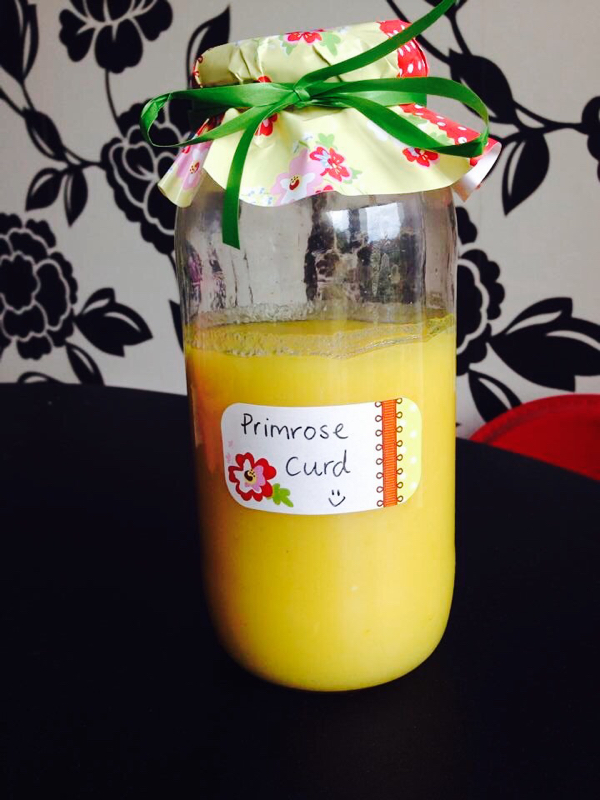
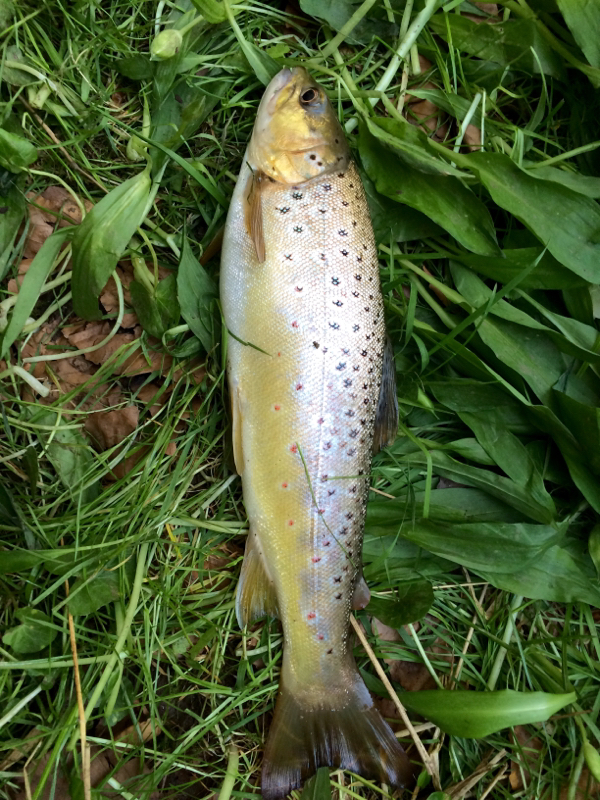
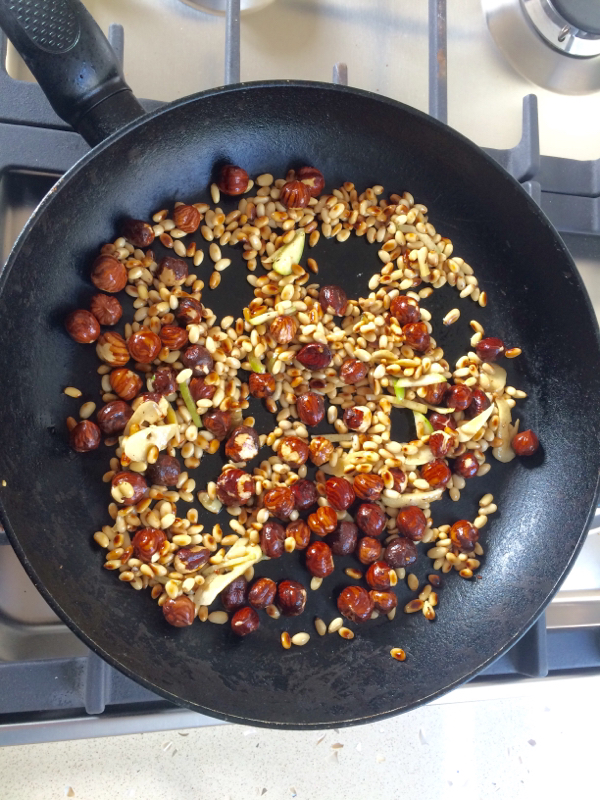
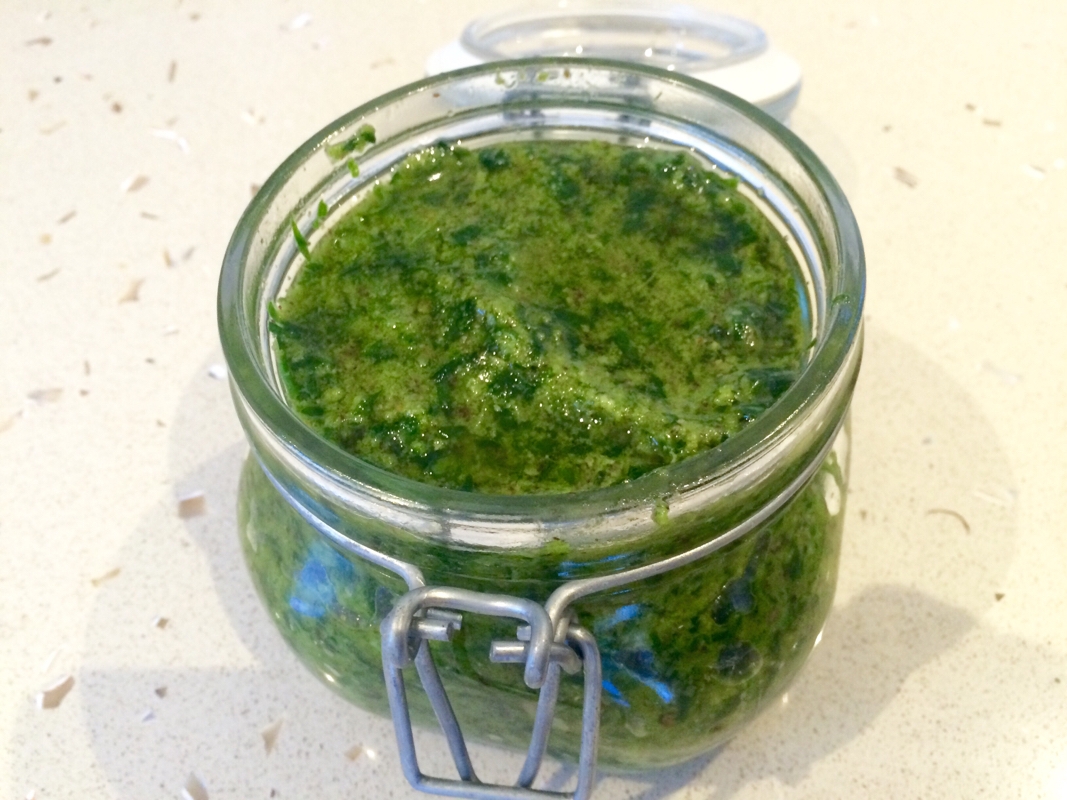

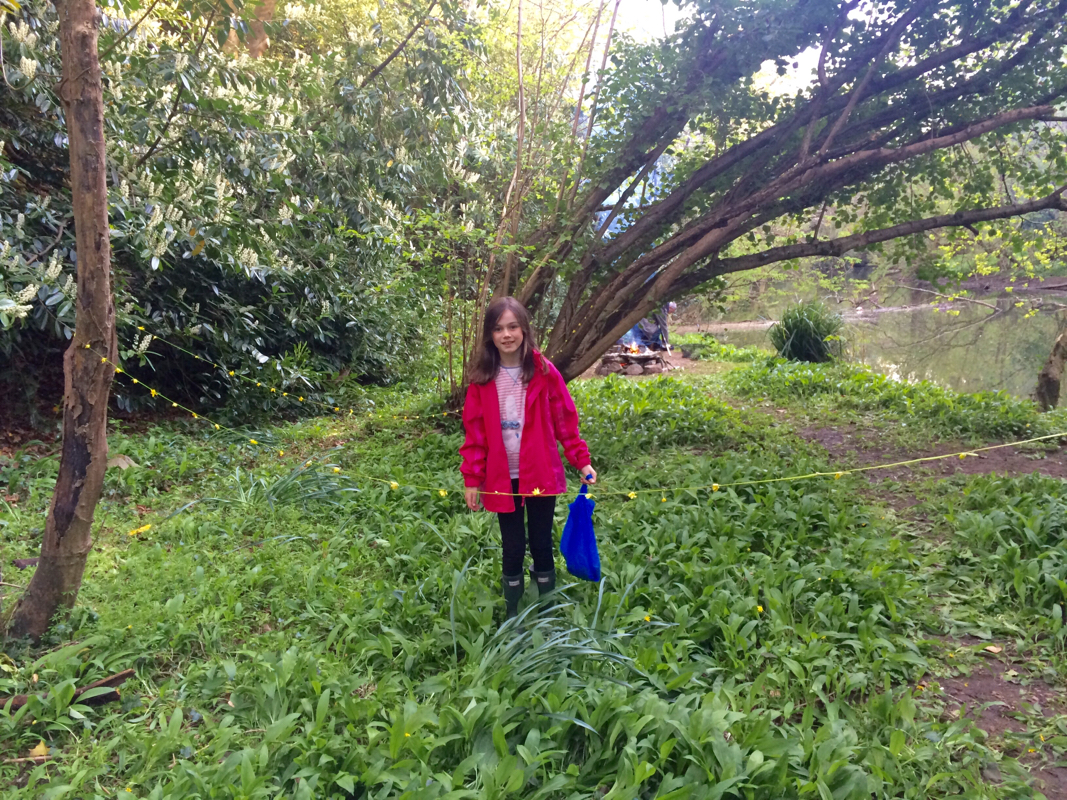
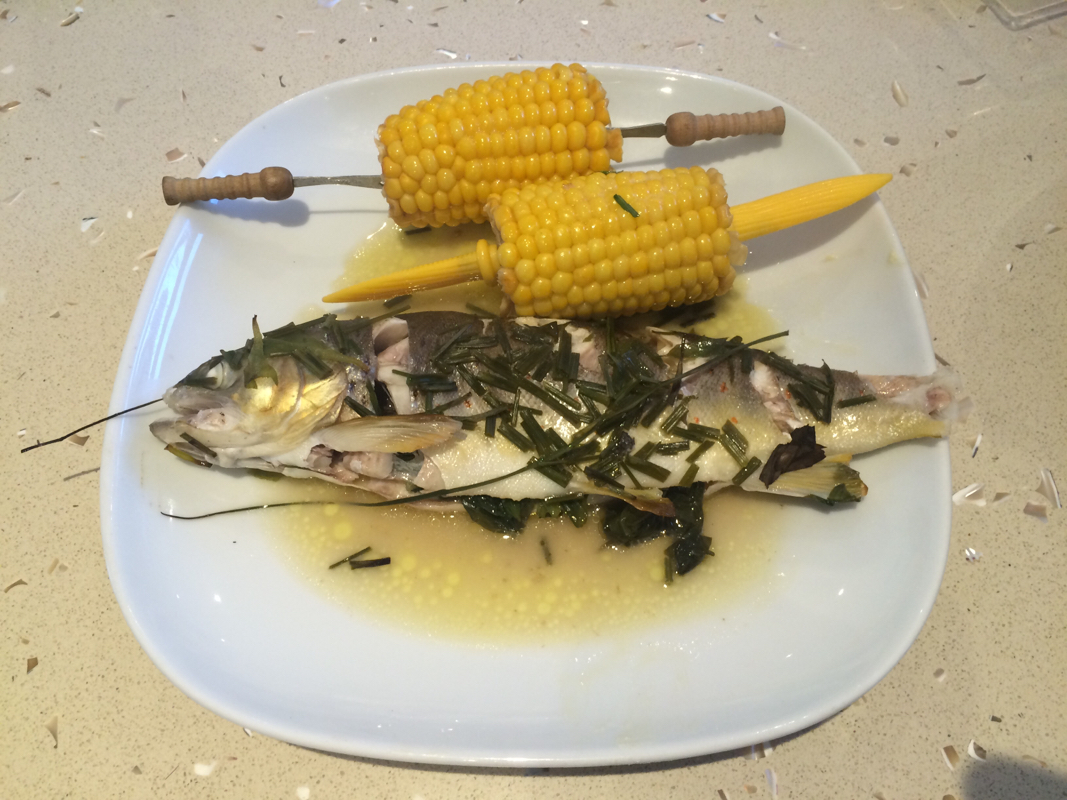
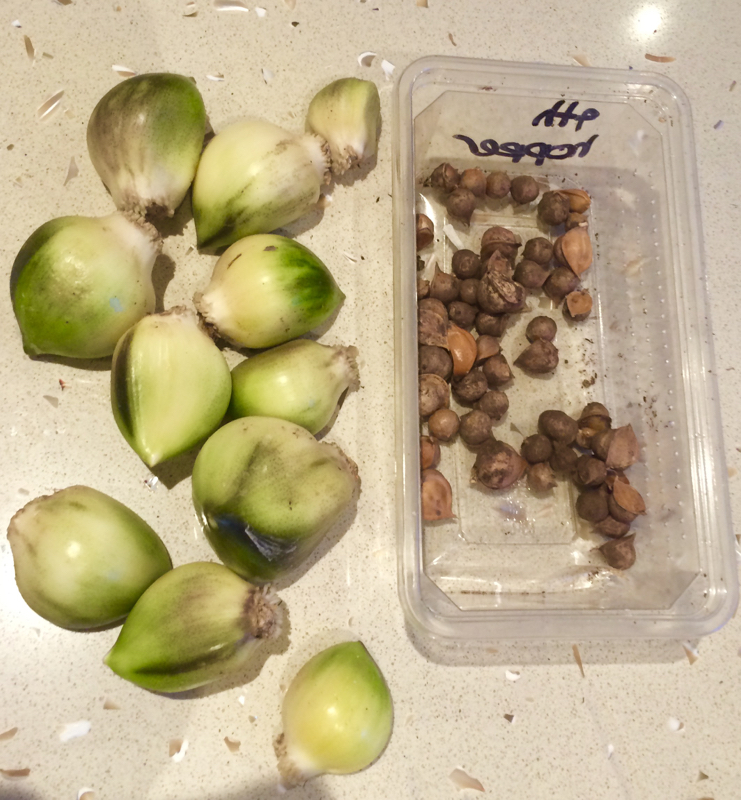
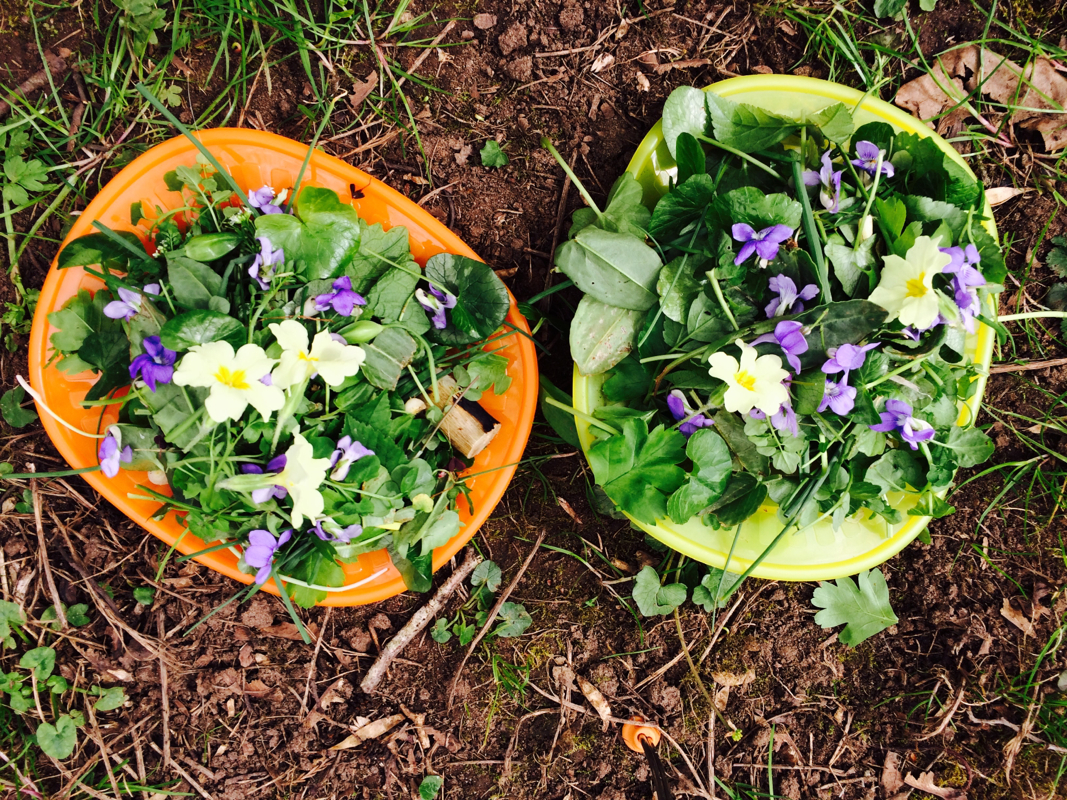
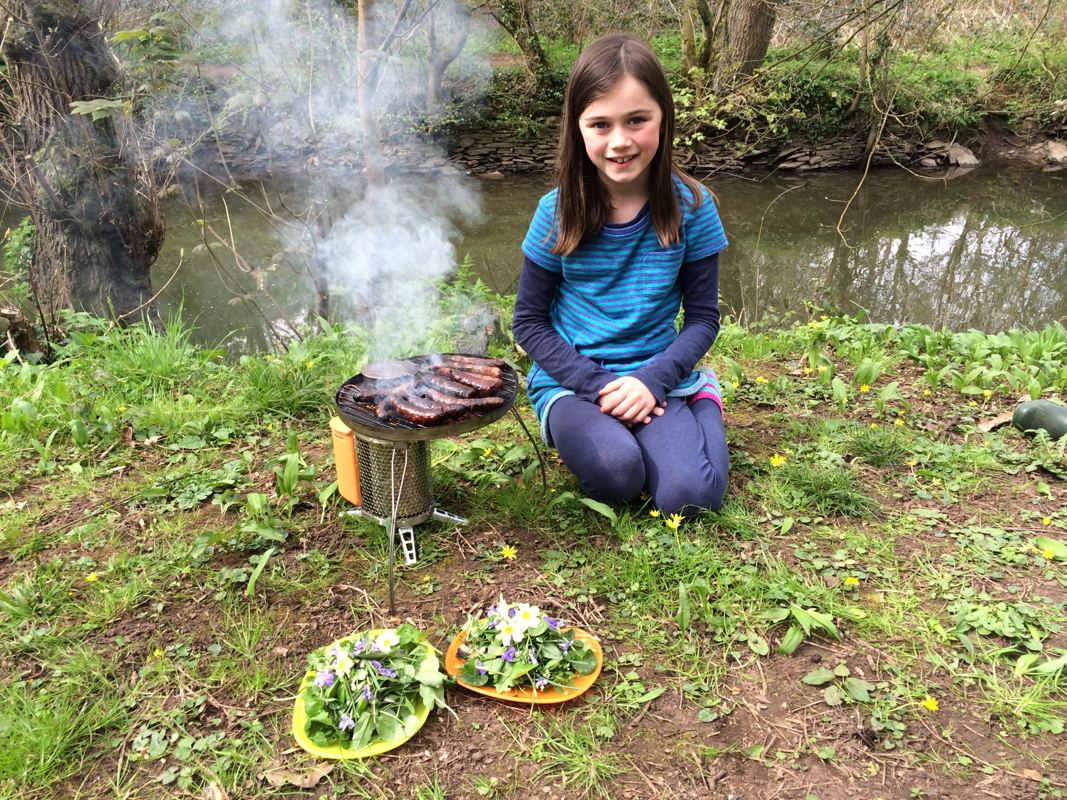
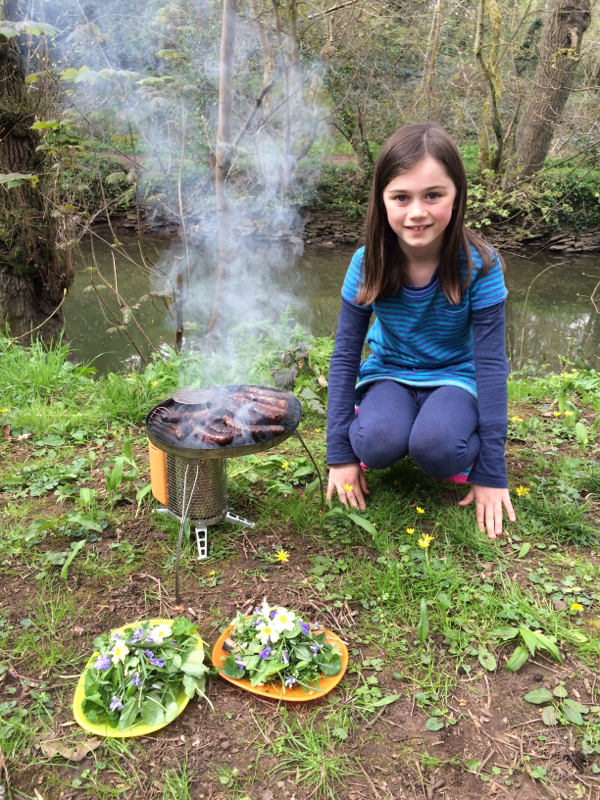
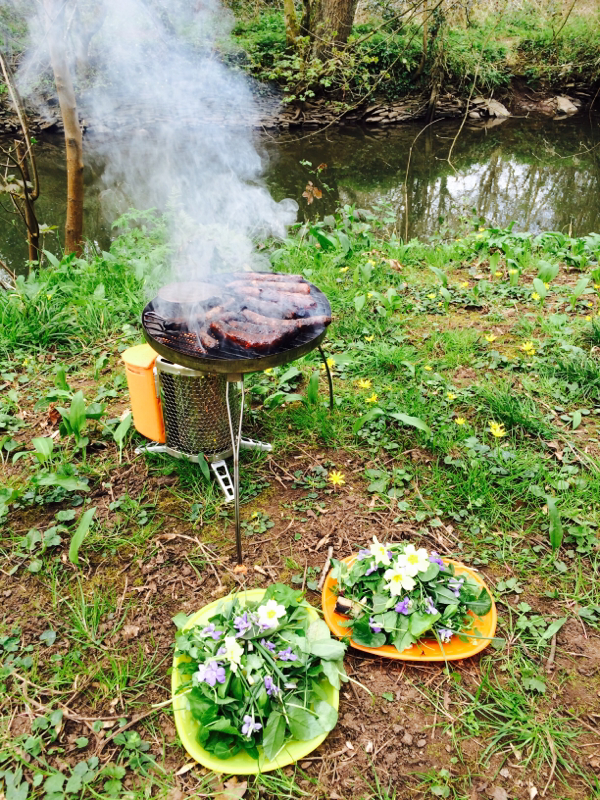
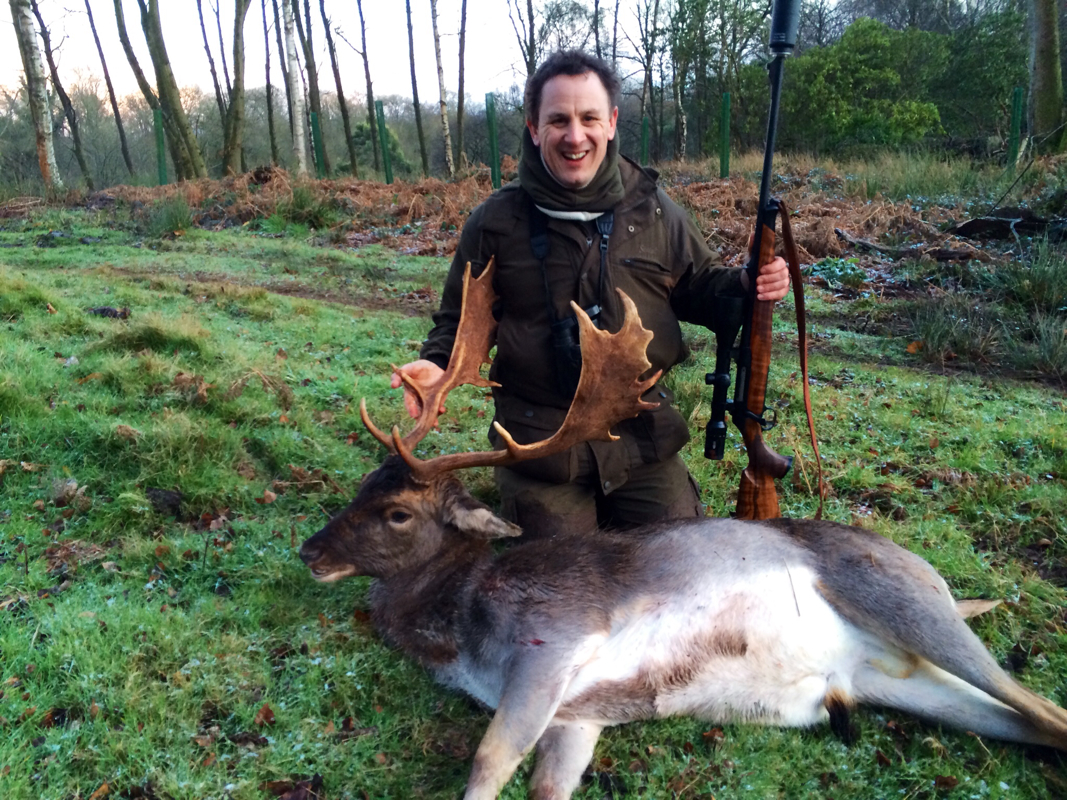
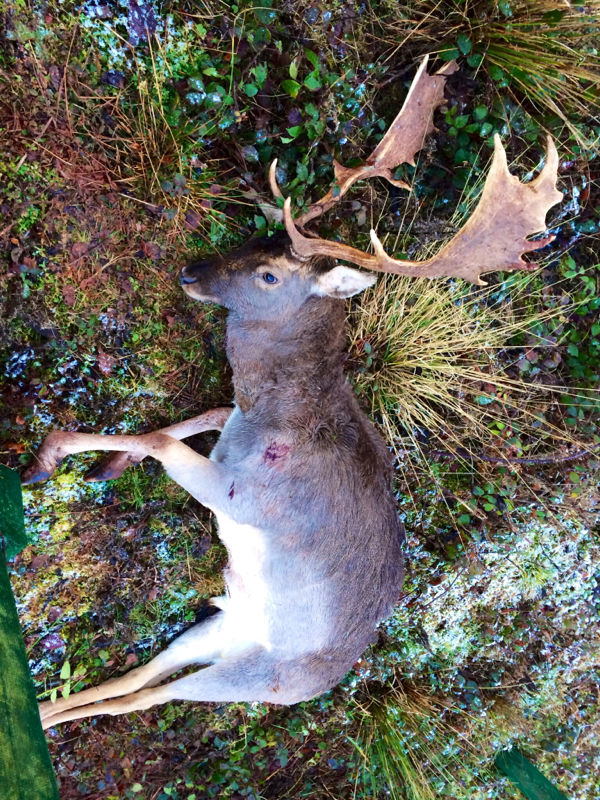
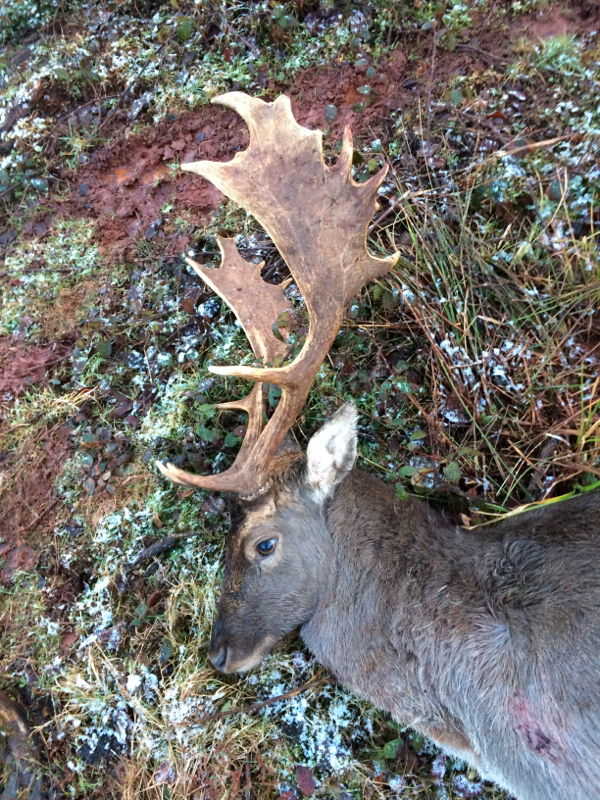
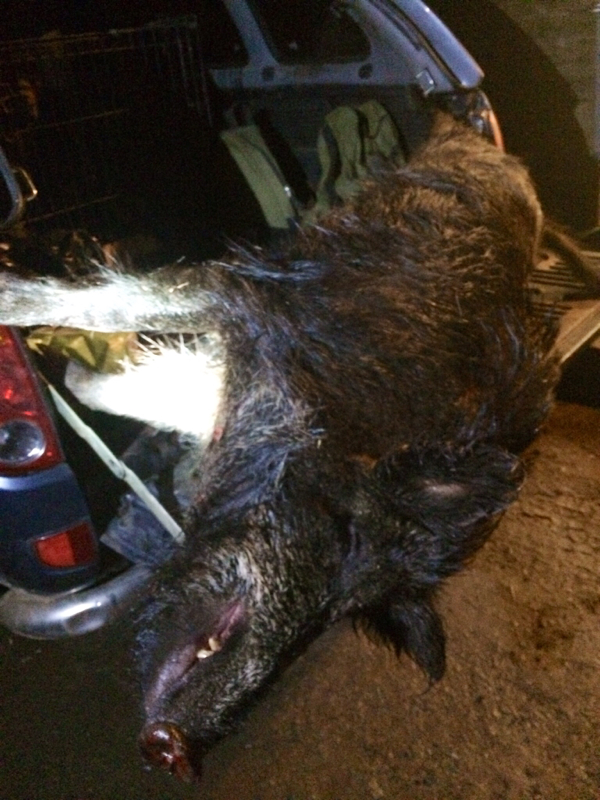
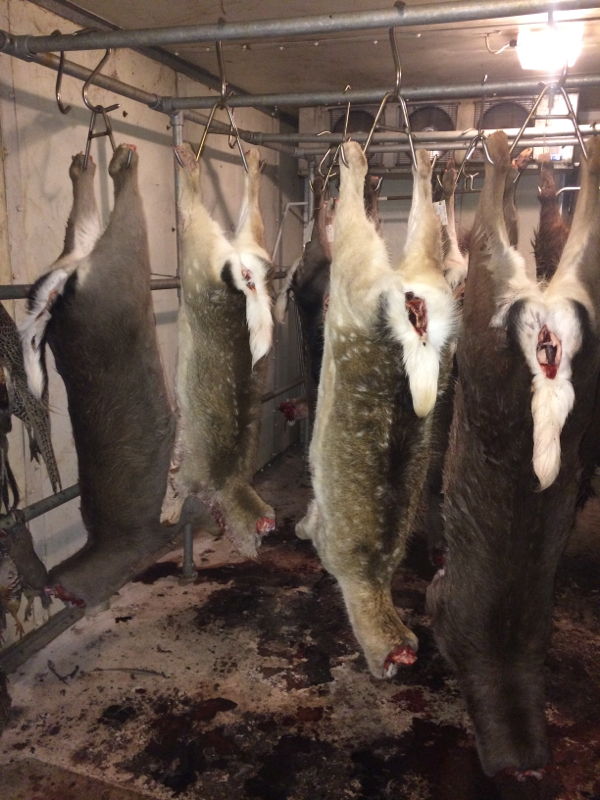
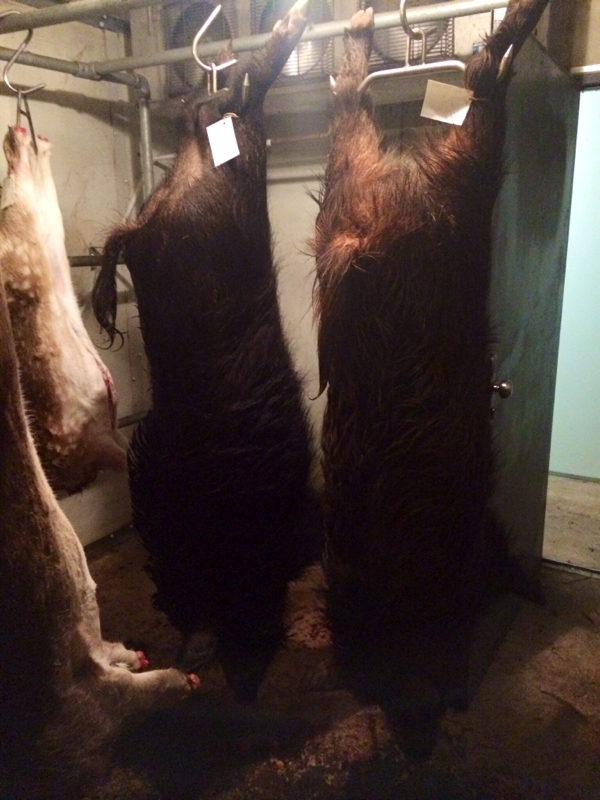
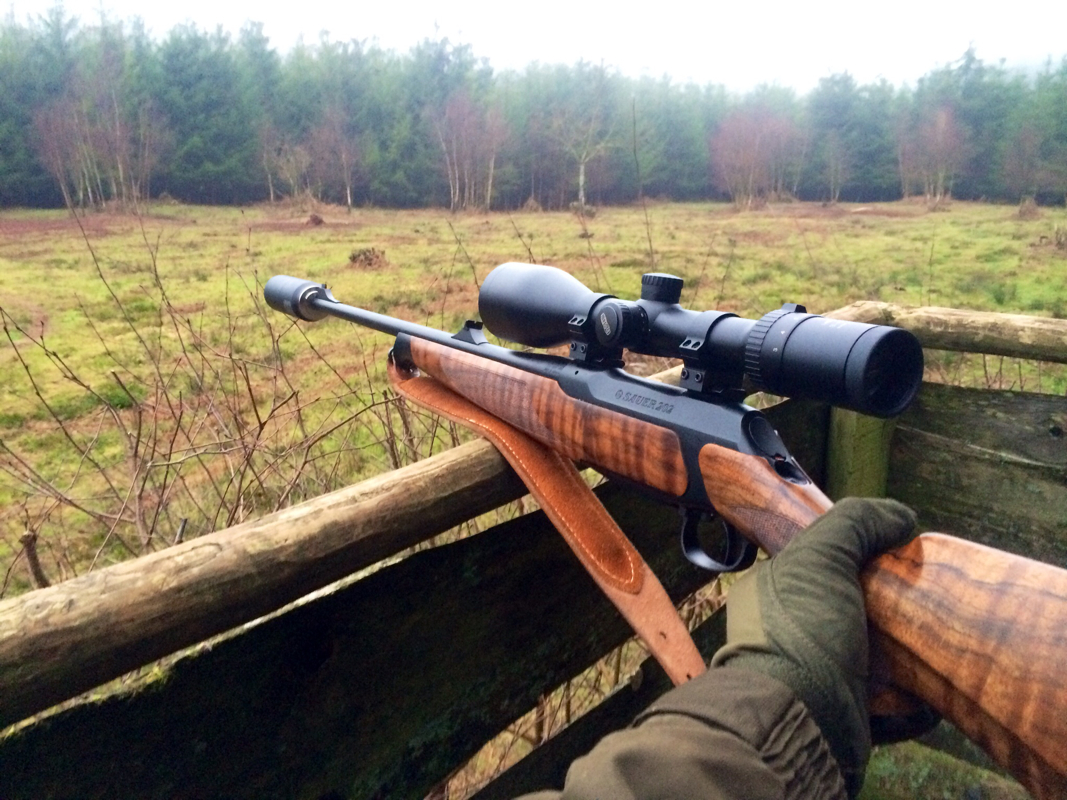
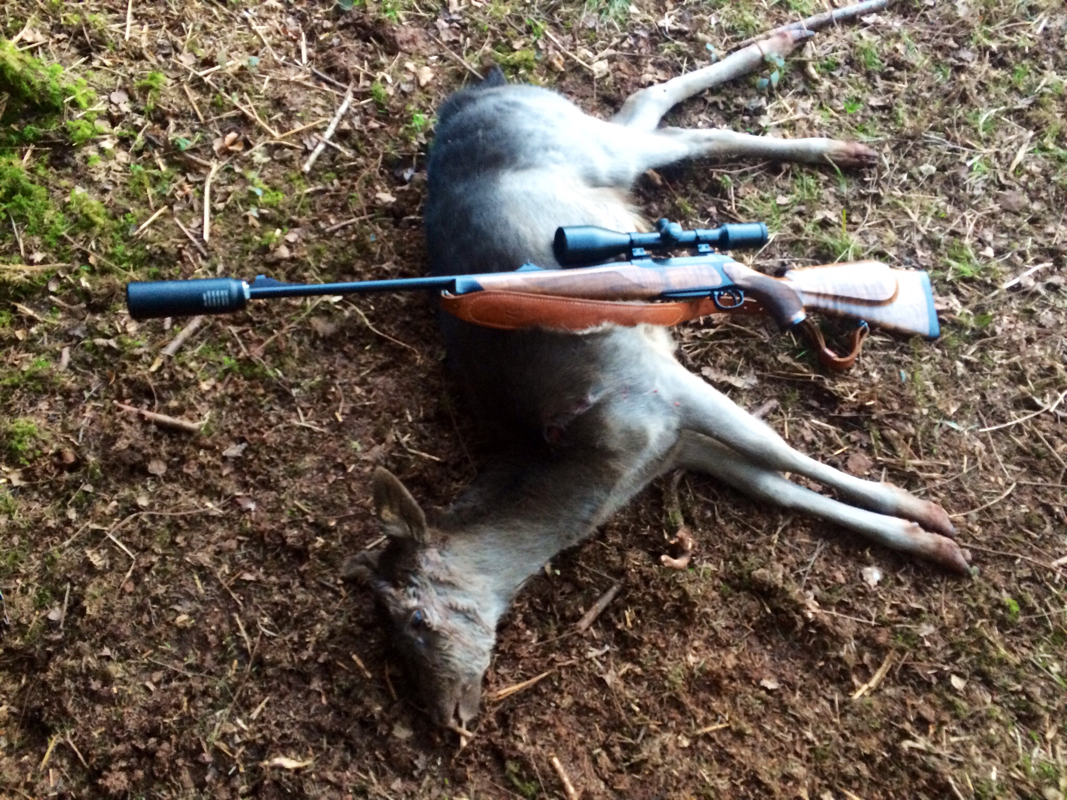
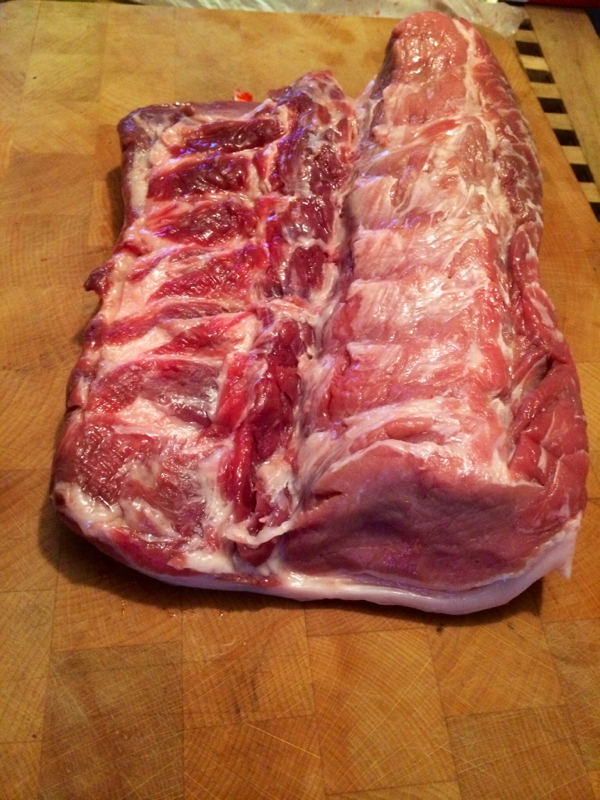
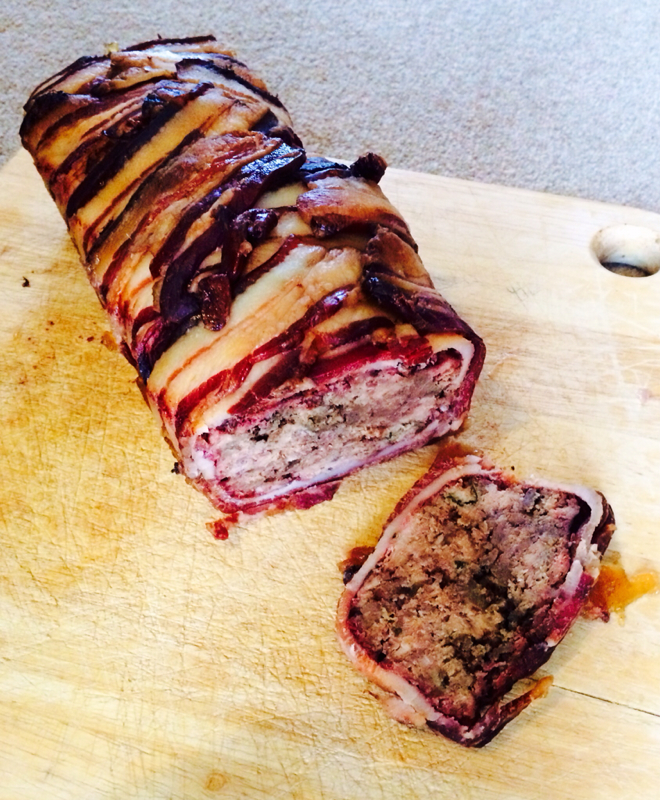
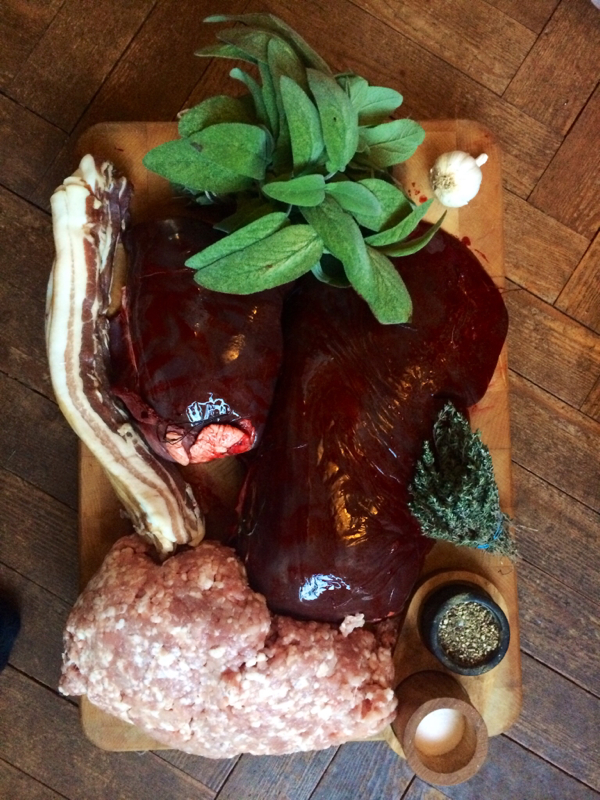
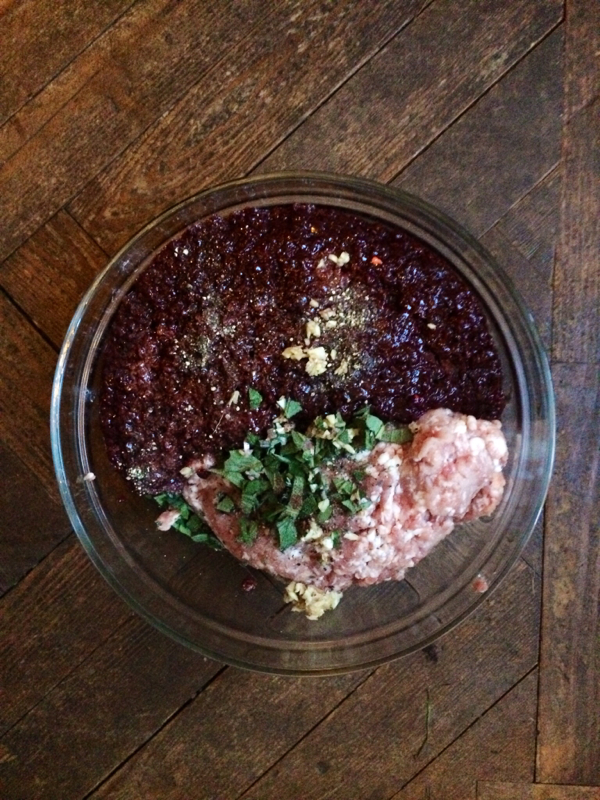
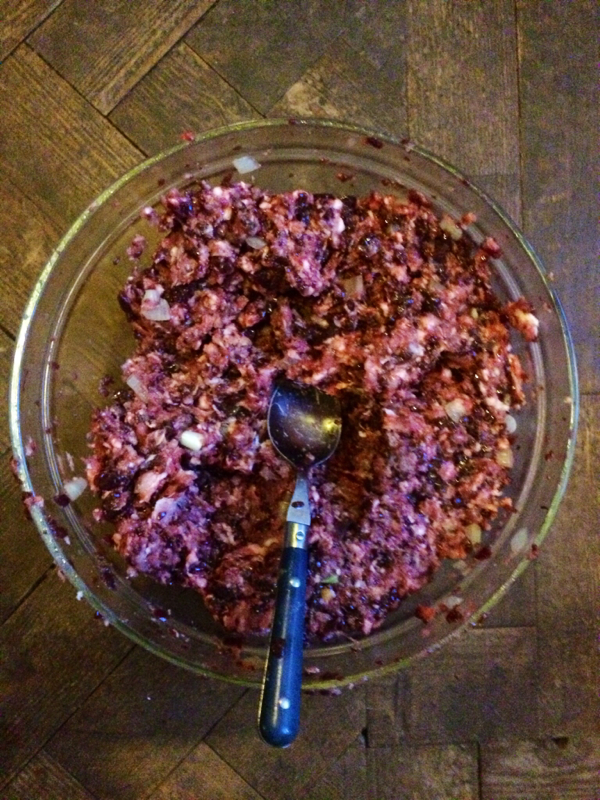
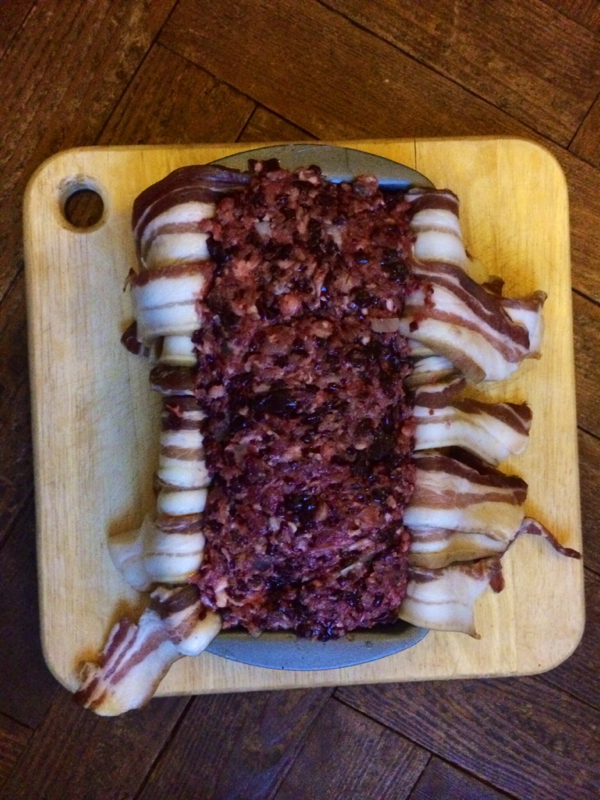
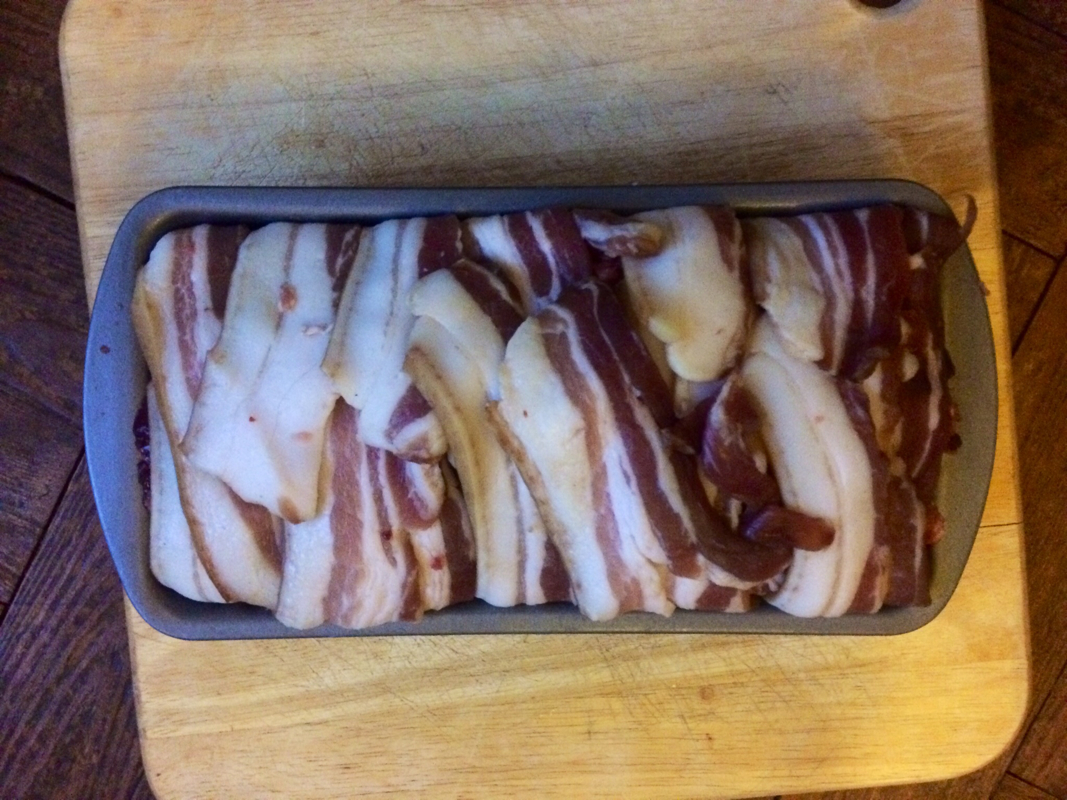
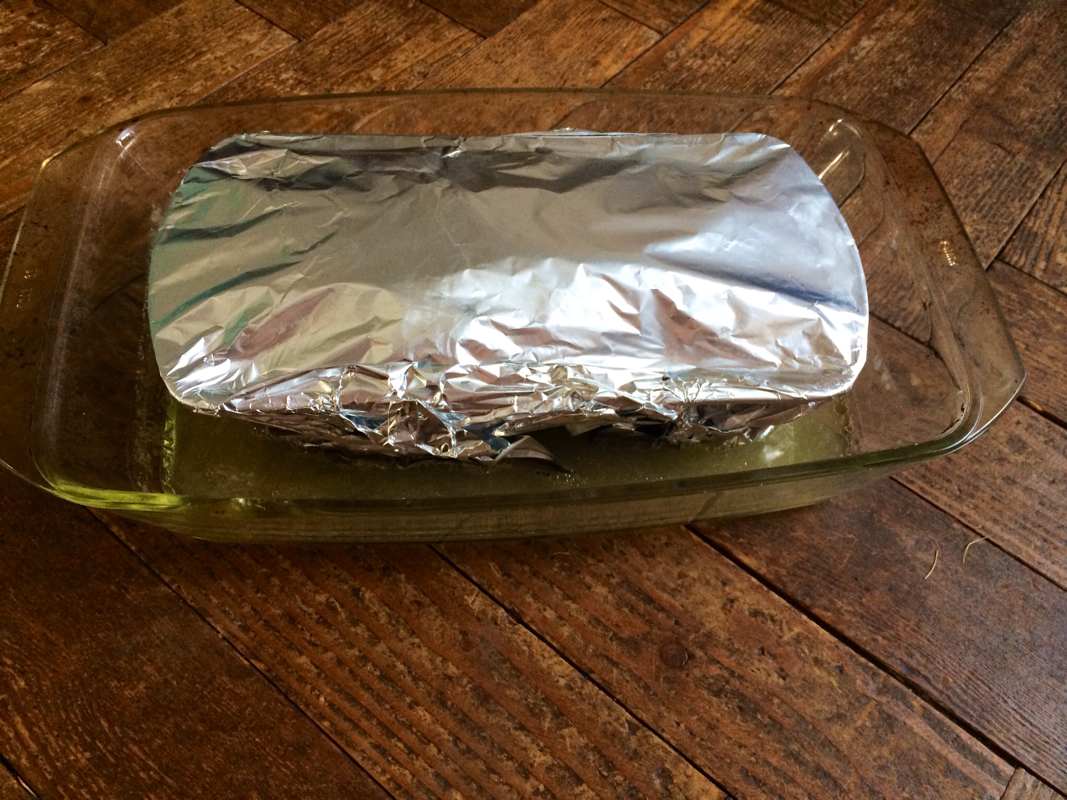
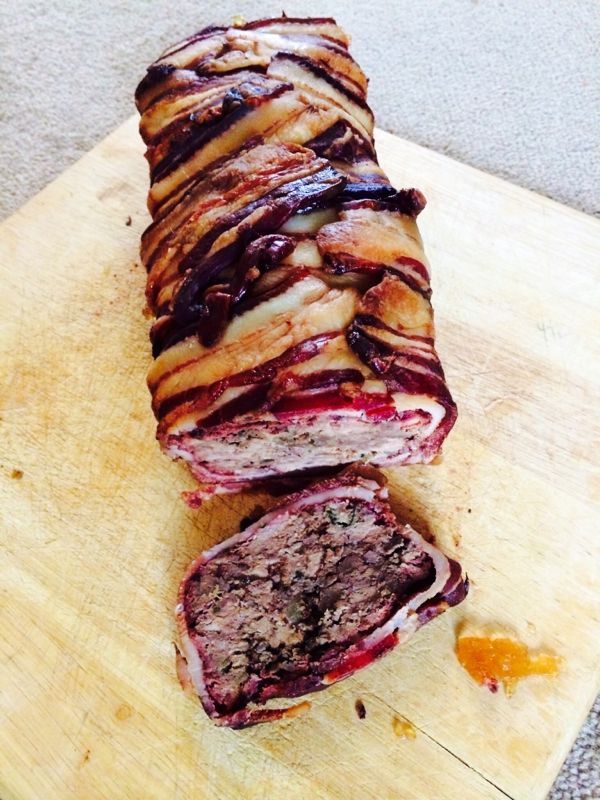
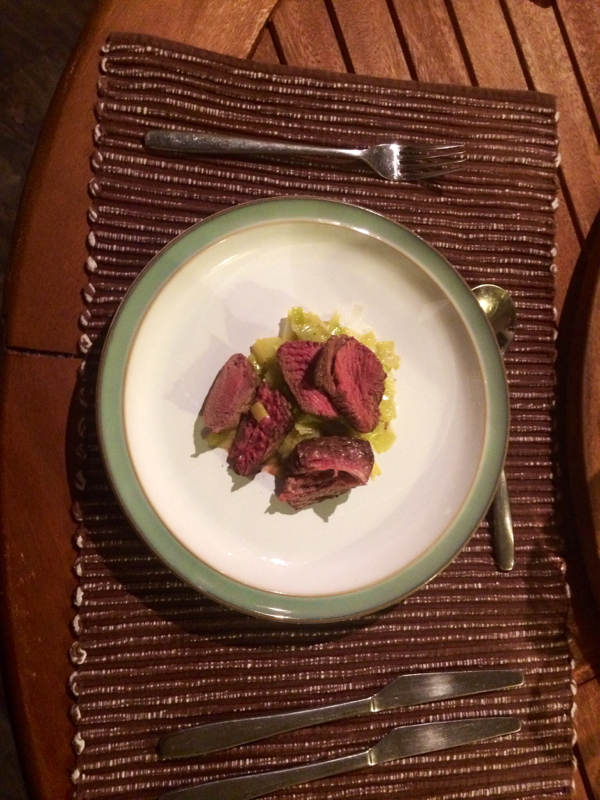
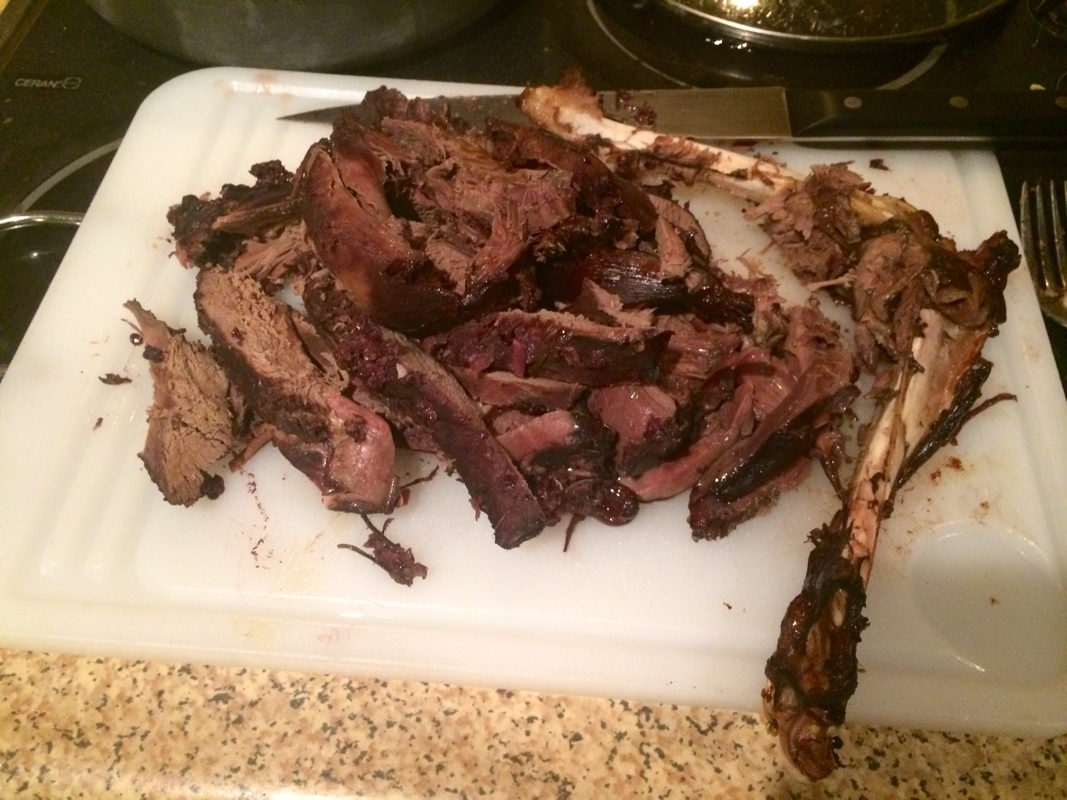
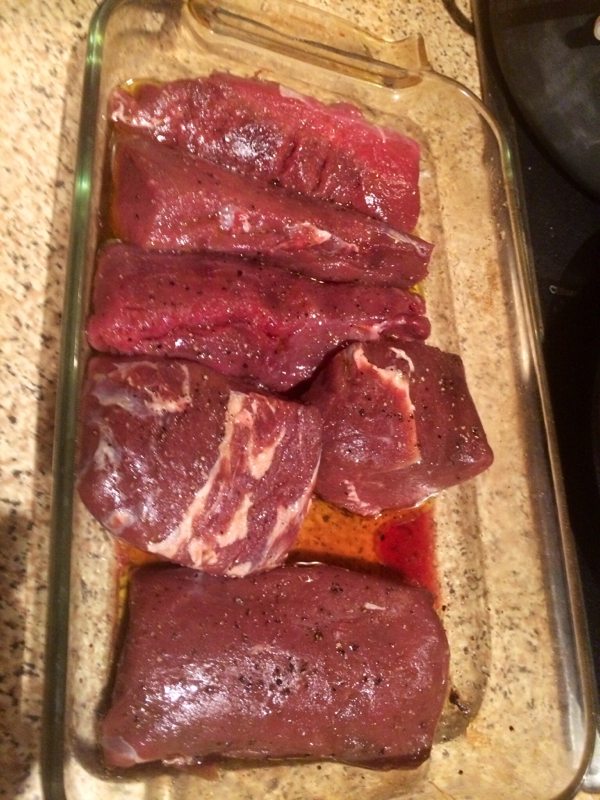
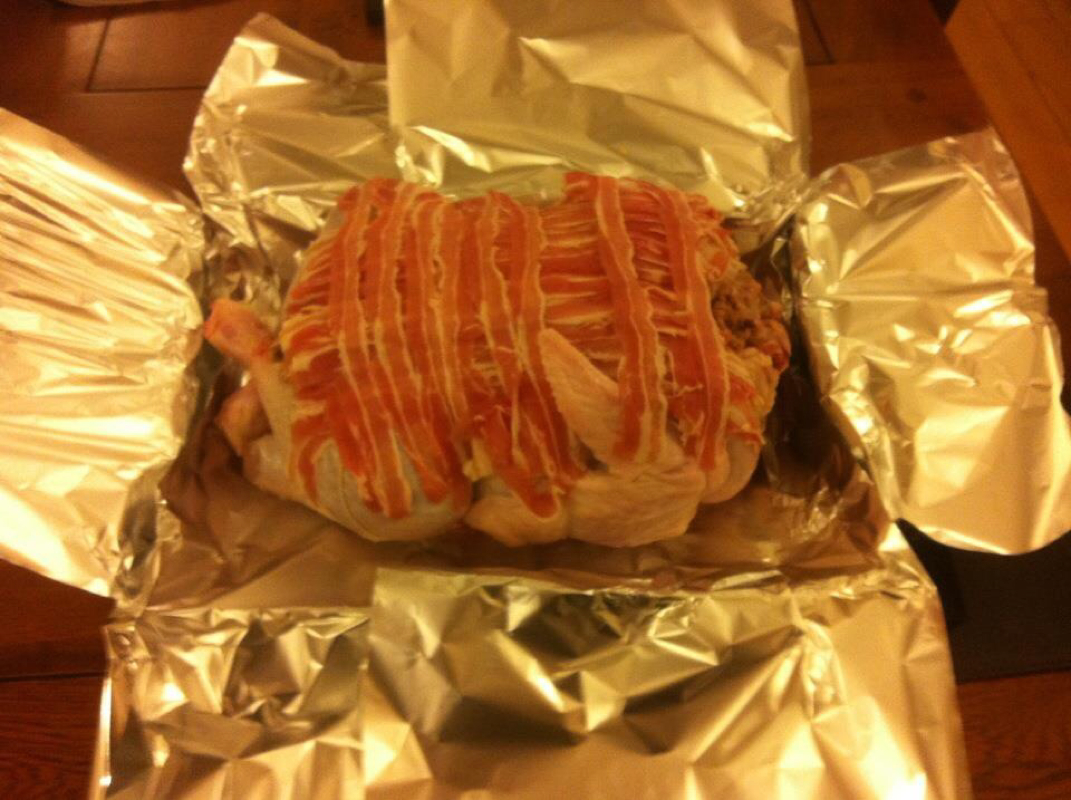
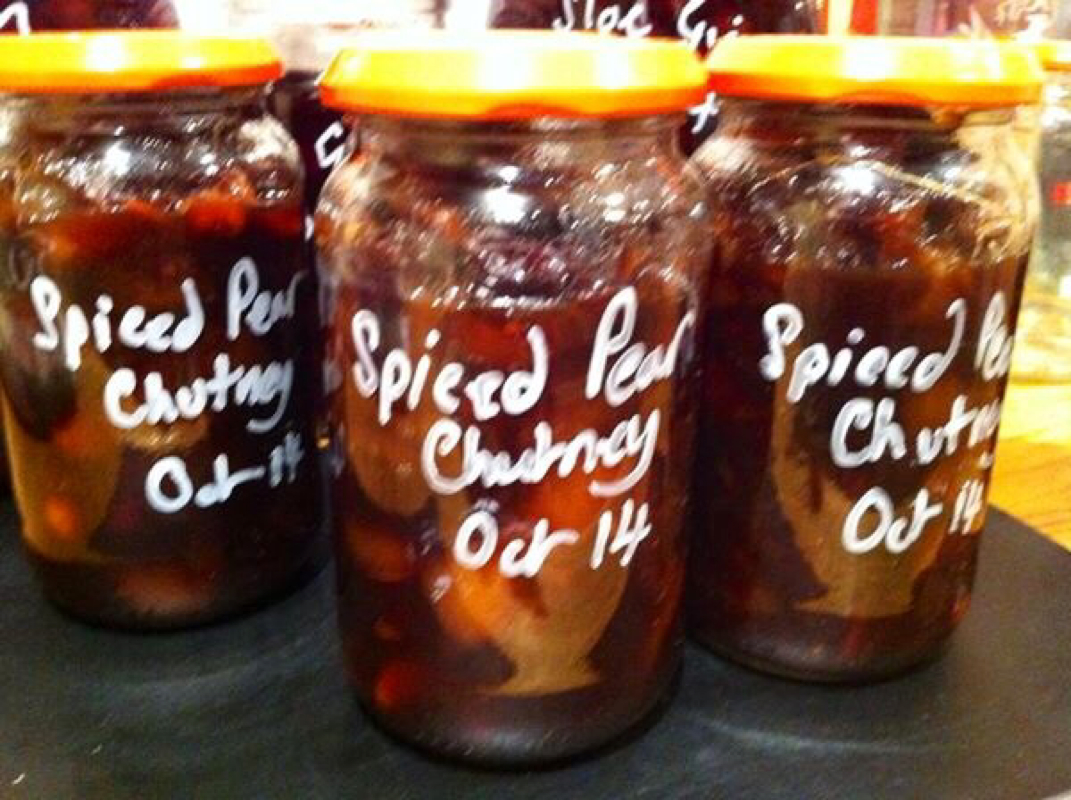
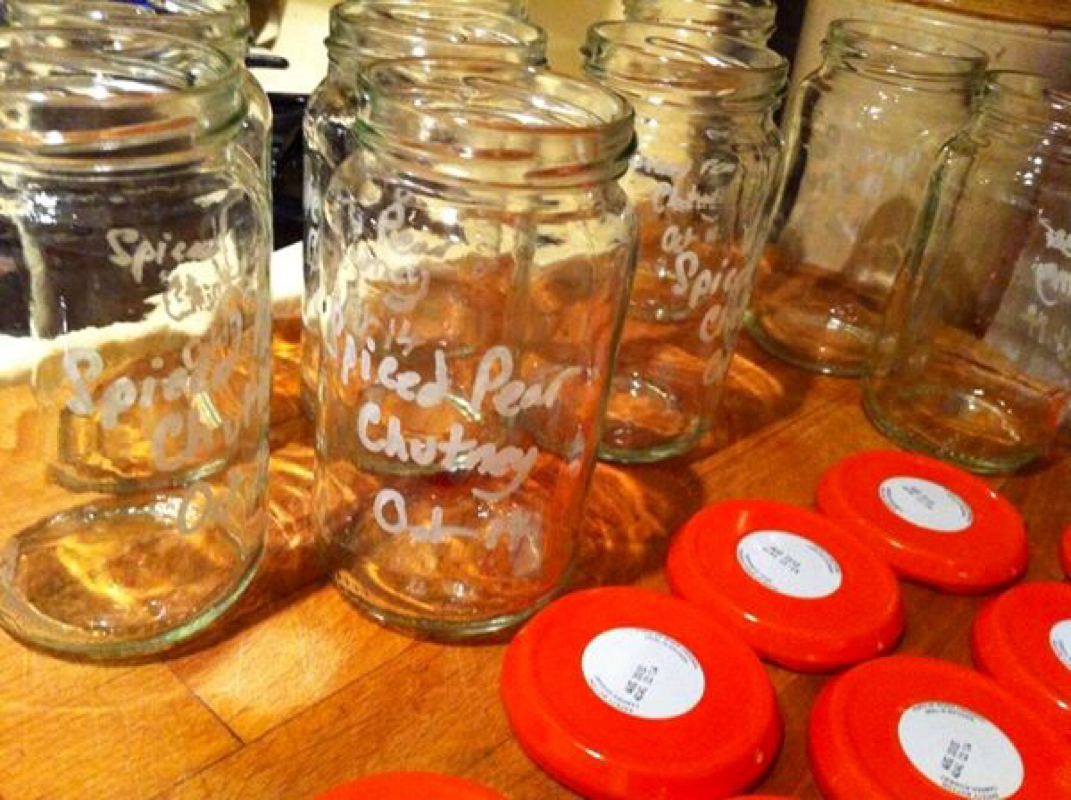
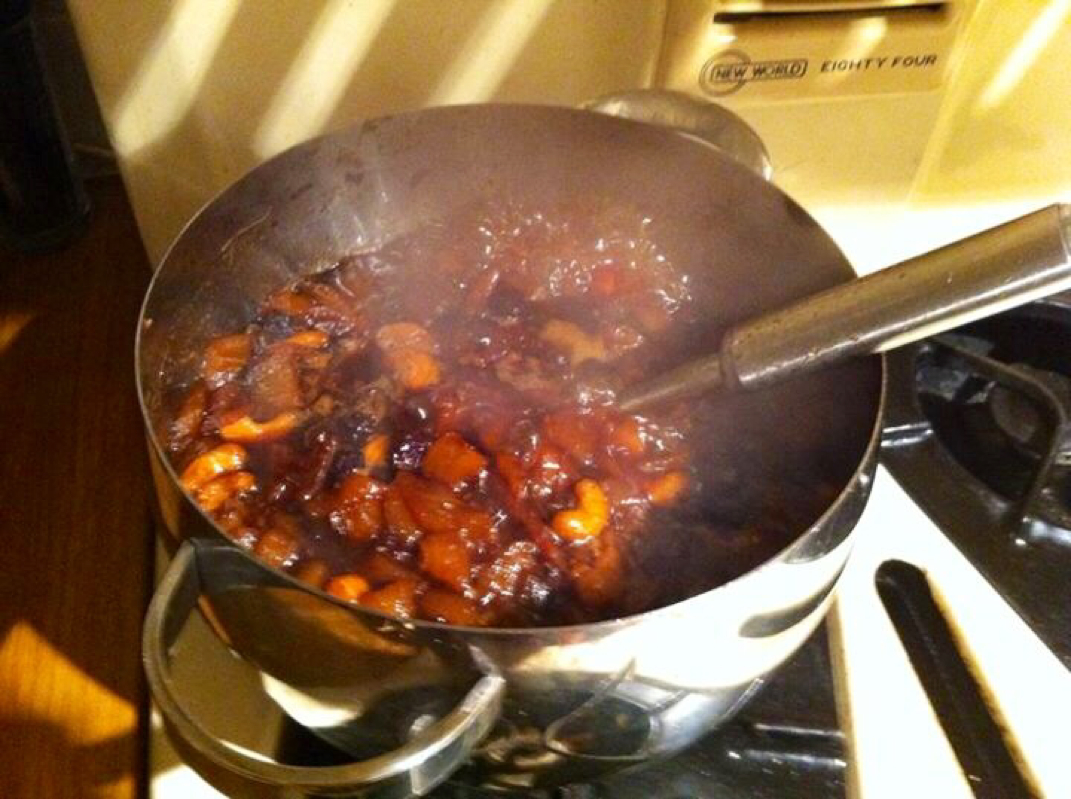
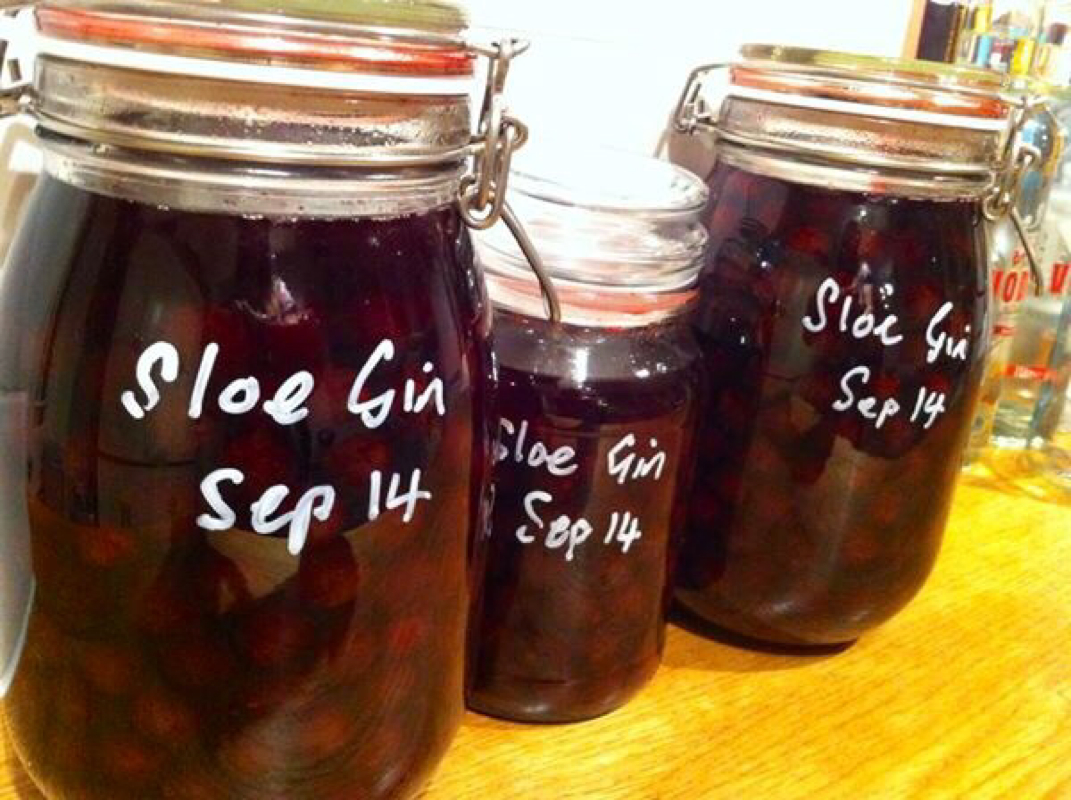
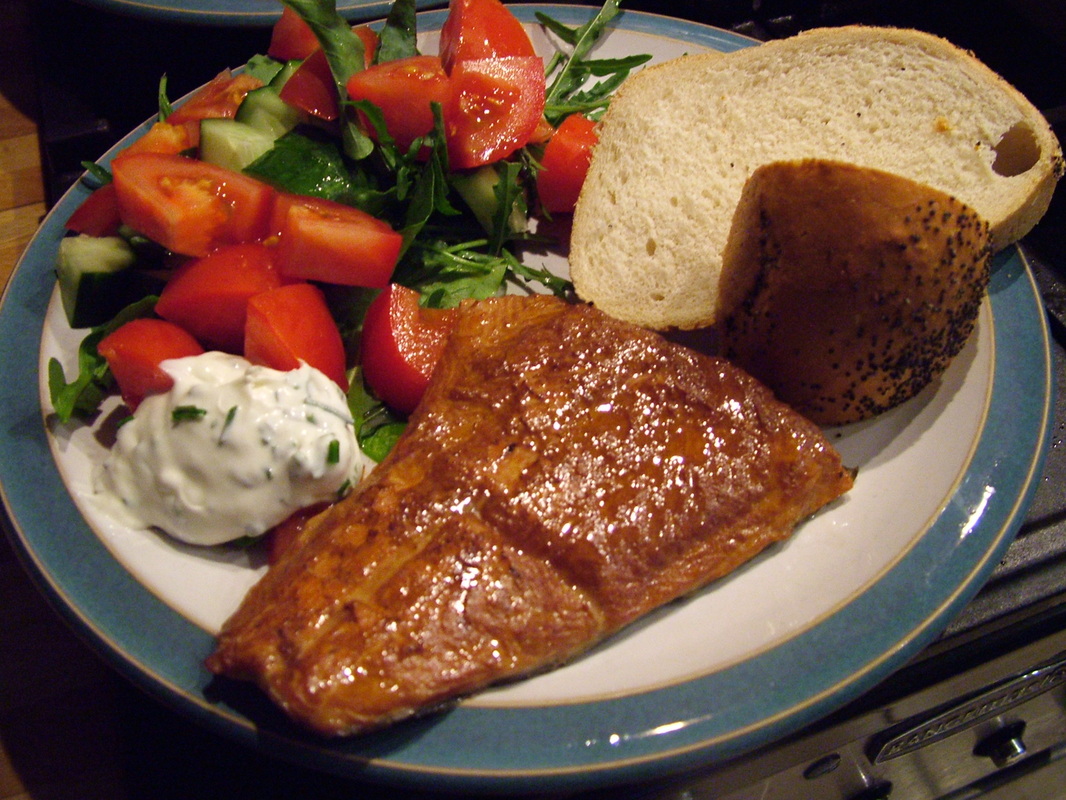
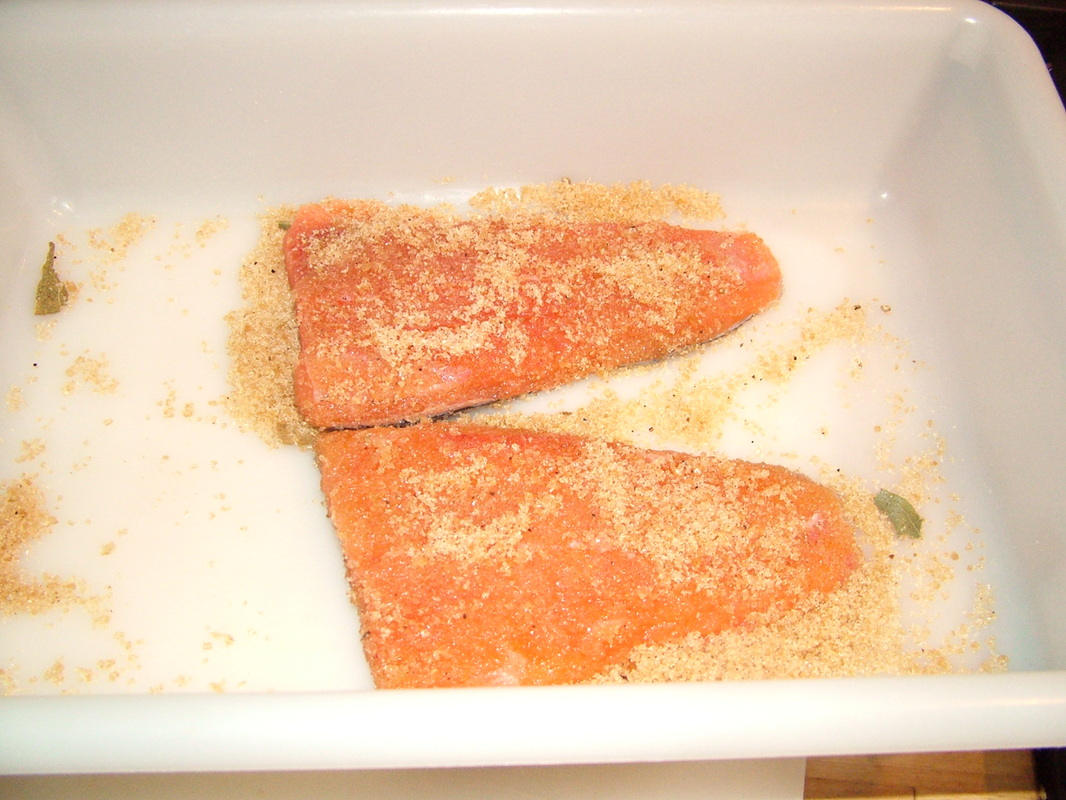
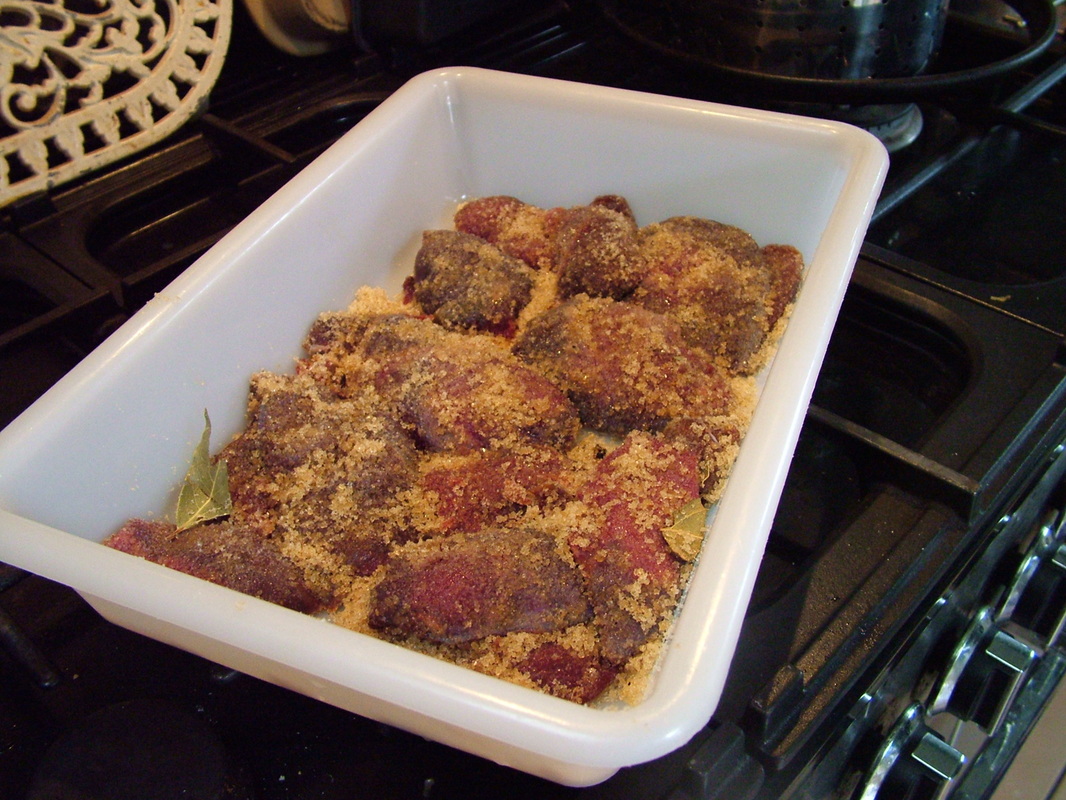
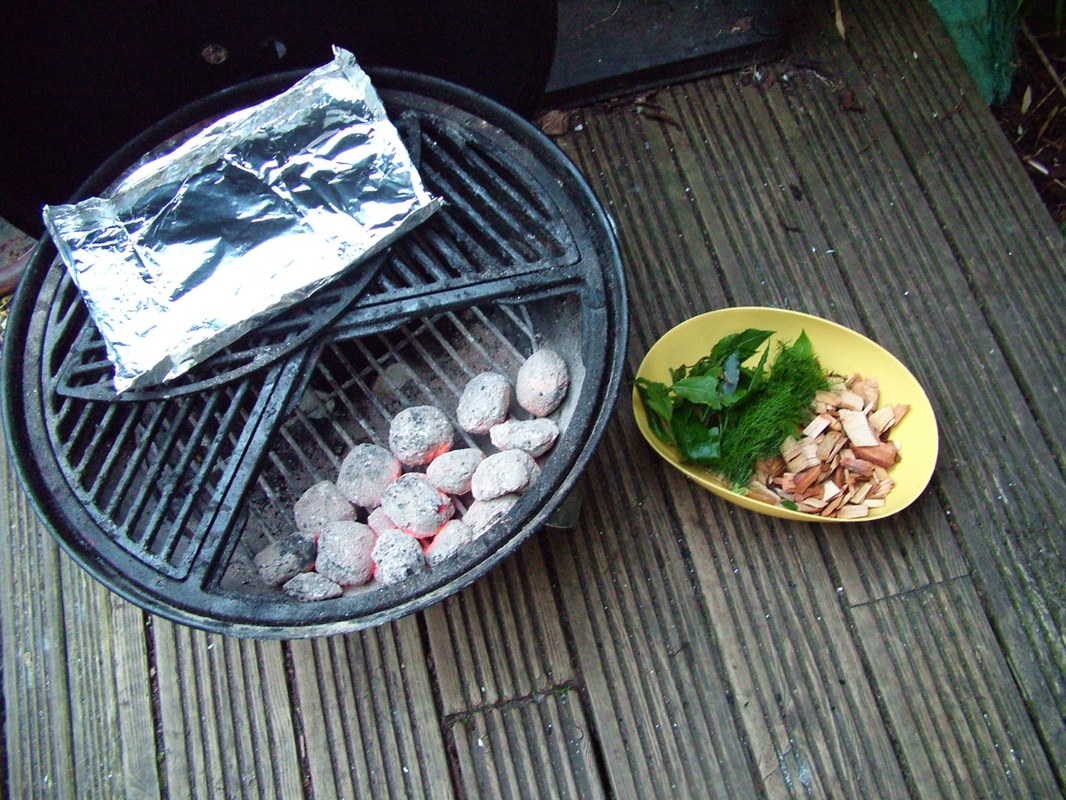
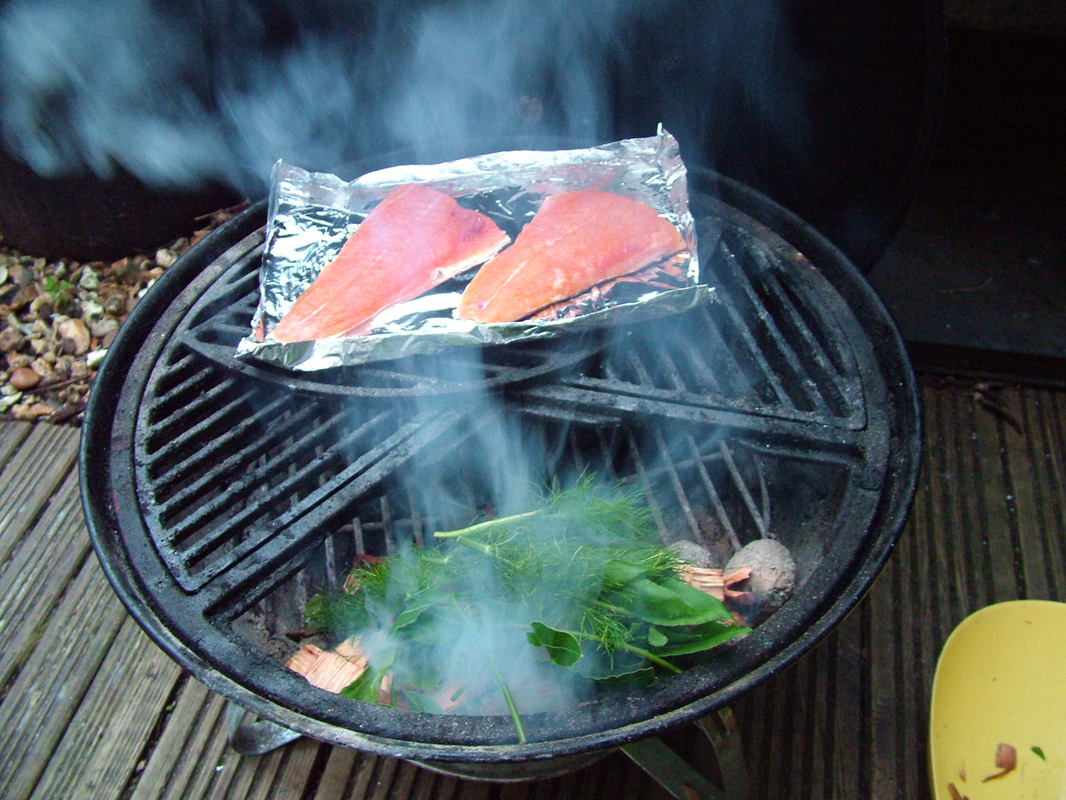
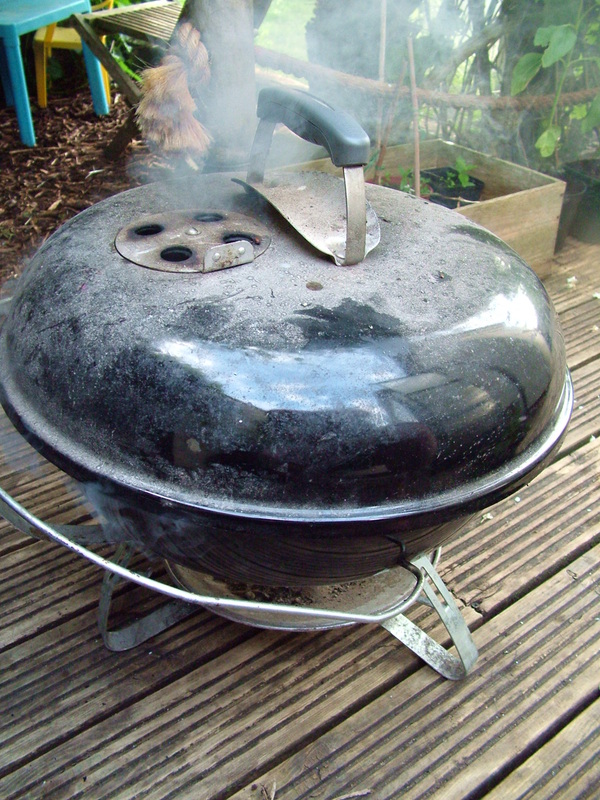
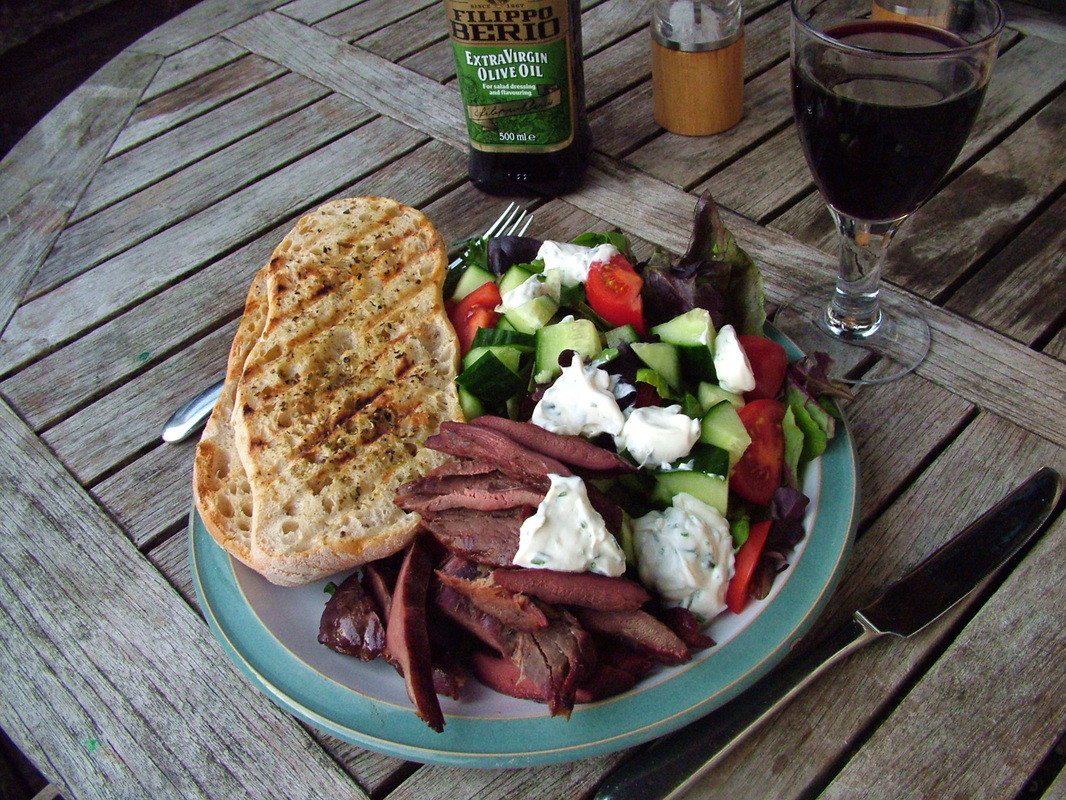
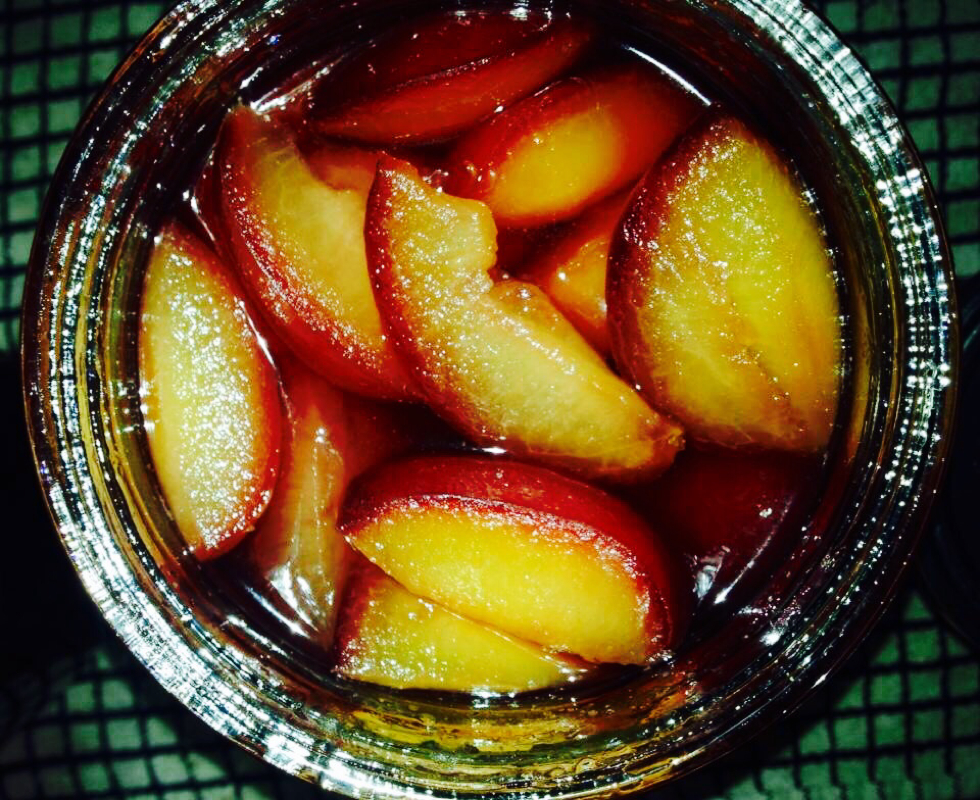
 RSS Feed
RSS Feed
